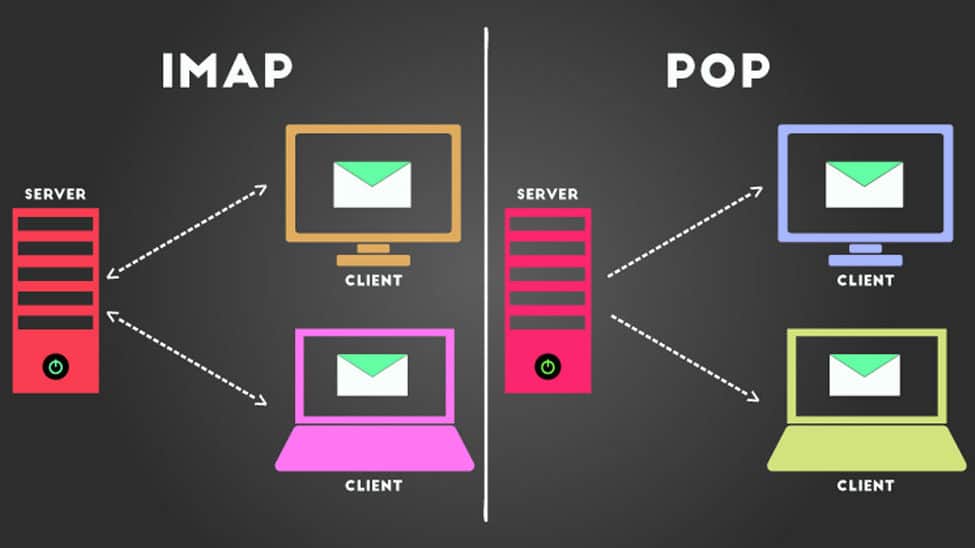First, let’s describe the differences between a POP3 mailbox and an IMAP mailbox.
POP3 e-mail configuration is best for people who intend to use their e-mail from one computer. With POP3, all messages are typically downloaded from the server without a copy left behind. Once your message is removed from the server from one computer, you cannot access it from another computer.
IMAP stores message directly on the mail server, even after you’ve accessed your e-mail from your home computer. Since the mail stays on the server, you can access the same mailbox from any other Internet-connected computer. The only time that messages are removed from the server is when you delete it from the server. IMAP also allows you to create individual folders for mail (these folders also stay on the server) so that you can manage/organize your e-mail while it stays on the server.
- If you are a frequent traveler and/or need to have access to your e-mail from multiple locations, IMAP is the better choice. It’s also recommended if you use dial-up connections to the Internet because the messages that you request are the only ones that are downloaded so that you can read them.
- If you use only a single computer to access your mail, consider POP3 as a better alternative.
For most situations, we recommend IMAP.
Note that IMAP e-mail takes up more of your available storage on the server and this may quickly fill up the quota allotted for you. POP3 e-mail, once downloaded, will free up this space.
Your account can be configured as both an IMAP and POP3 account depending on how your software is configured.

